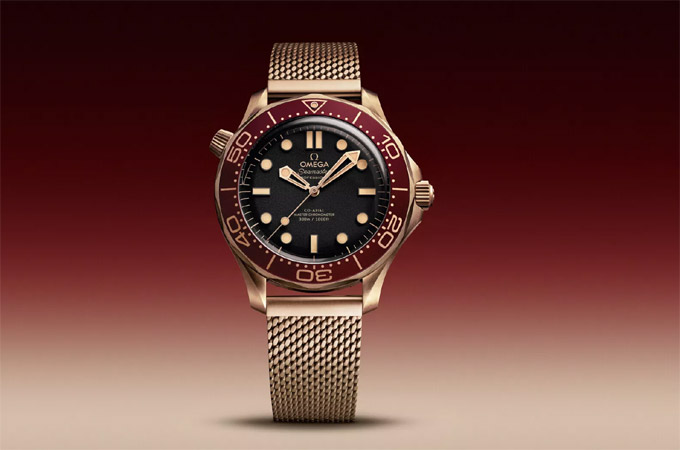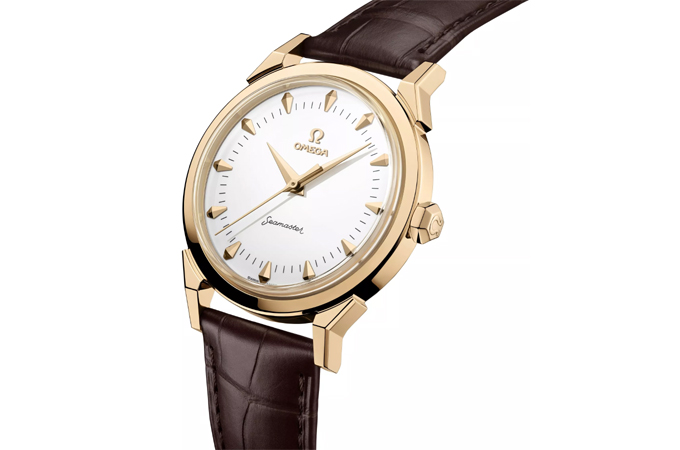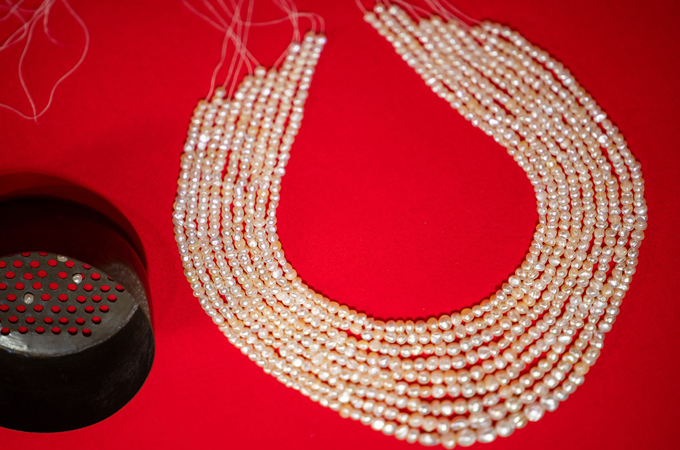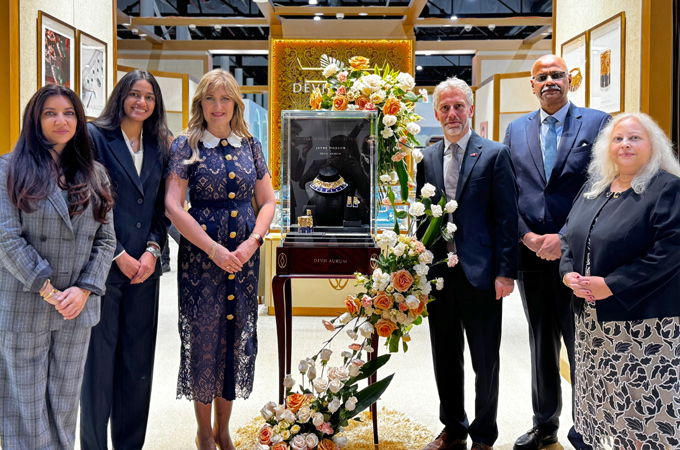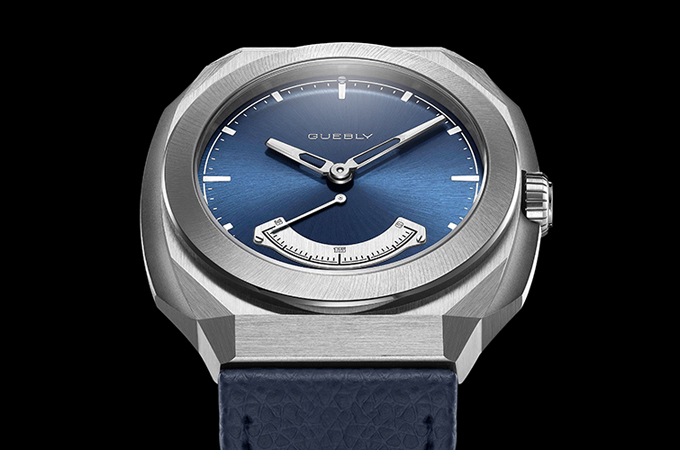Mon, Feb 16, 2015
Fancy a jaw-dropping clock that looks like an “altar to time”?
If so, luxury watch brand MB&F has just the thing or you - a sculptural clock featuring six glowing Nixie tubes from the 1960s.
Crafted out of burnished steel and brushed brass and featuring Nixie tubes made half a century ago, the Nixie Machine has been created by German artist Frank Buchwald and is being showcased at the MB&F’s MAD (mechanical art devices) gallery in Geneva, Switzerland.
MB&F, which was founded by Maximilian Büsser, is known revolutionary “horological machines” many created in partnership with professional artisans and craftsmen (the “F” in its name stands for “Friends”).
Based on an idea by collector Alberto Schileo, this latest offering is “a clock like no other”.
Each one of clock’s glowing six digits is displayed via an original, incredibly preserved Z568M Nixie tube manufactured by RFT in East Germany during the 1960s.
The six tubes are presented as three pairs – for hours, minutes and seconds, or day, month and year – atop an eye-catching structure built in Buchwald’s signature “heavy engineering” style, as he puts it, that he established in his Machine Lights series. The stunning retro-futuristic design, bearing four legs and body-like symmetry, could have stepped straight out of a sci-fi movie.
Sourced by Schileo, the tubes used in Nixie Machine are among the largest – 90 mm in height – and rarest ever made, and are combined with electronic circuitry to create a glowing six-digit display. The radiant discharge of the Nixies coupled with the assertively engineered structure makes Nixie Machine, in the words of Buchwald, a veritable “altar of time”.
Nixie Machine is available in a limited edition of 12 pieces.
Buchwald’s acclaimed Machine Lights series are imposing hand-crafted sculptural lighting objects featuring blackened steel, brushed brass and visible light filaments emitting a warm, yellow glow.
Buchwald has created the Nixie Machine using the same idiosyncratic style of design and engineering as the Machine Lights, but this time his starting point was spectacular Nixie tubes made in East Germany at the height of the Cold War.
The artist started, as he always does, by making a sketch of the structure on paper with pen and marker.
A more detailed planning phase followed, before he set about constructing a prototype Nixie Machine that took almost a whole year. Once the prototype was perfected, Buchwald started work on the limited-edition production pieces.
Each clock features no fewer than 350 components, each one painstakingly hand-crafted by Buchwald himself out of bars and blocks of raw metal.
Each piece requires months of intensive, fully focused work meaning Buchwald is realistically only able to make about six a year. Each one is numbered and signed by the artist. And the fact that each component is hand-made by the artist means that no component is ever exactly the same. In this sense, each Nixie Machine is unique.
For the final assembly, Buchwald worked together with an electrical engineer to ensure that his structure, combined with the Nixie tubes and clock circuit boards, functioned as an exceptional clock.
NIXIE TUBES
Introduced in the 1950s, Nixie tubes – also known as cold cathode displays – became a popular way of presenting numerals using glow discharge. The name Nixie is thought to derive from the Burroughs Corporation’s “NIX I”, which in turn was believed to have stood for “Numeric Indicator eXperimental No.1”.
The tube displays were often used for computers, clocks and frequency counters, though were eventually supplanted by displays such as light-emitting diodes (LEDs).
Nixie Machine features six incredibly preserved, hard-to-find Nixie tubes from the communist era that have been stored for decades in a sealed Bulgarian army depot.
This ‘new old stock’ was sourced by MB&F friend and Nixie clocks collector Alberto Schileo, who was also responsible for the electronic circuit board – a clock board – to create Nixie Machine's six-digit time and date display.
Nixie Machine’s clock is powered by a direct drive mechanism. This is where each digit of each tube is controlled individually, and power is applied to the cathode all the time while it is lit. This sophisticated circuit is demanding to build, but is easier on the tubes over time and helps maximise their lifespan.
Nixie Machine’s clock circuit board has both a GPS receiver and DCF77 receiver for time and date setting. Manual setting is also possible. There are a variety of date and time formats, and different ways of displaying those, including fading effects. One key feature is a programmable flip over effect where the digits count fast from one digit to the next, like the reels of a slot machine. Being able to regularly cycle through all the digits of all the tubes helps to prevent ‘cathode poisoning’ – when regularly unused digits accumulate a deposit and eventually cease functioning – thus maximising the life of each tube.
Buchwald says: “Nixie Machine embodies my thoughts on time and machines. There is something magical about the way its six digits glow to subtly light up a work or living space. For me, it was an inspiring piece to create and I hope that for others it is an inspiring piece to own and behold.”
The Nixie Machine is limited to 12 pieces and costs CHF 24,800 ($26,600).



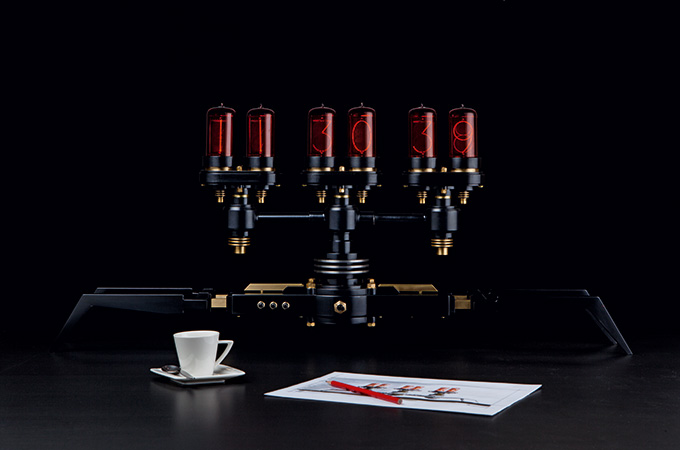
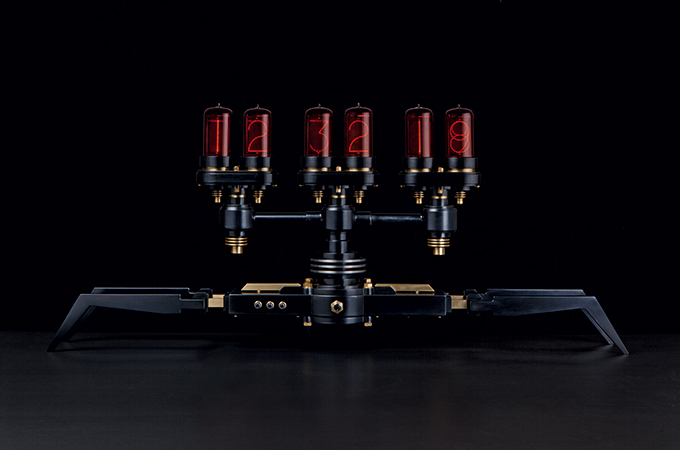
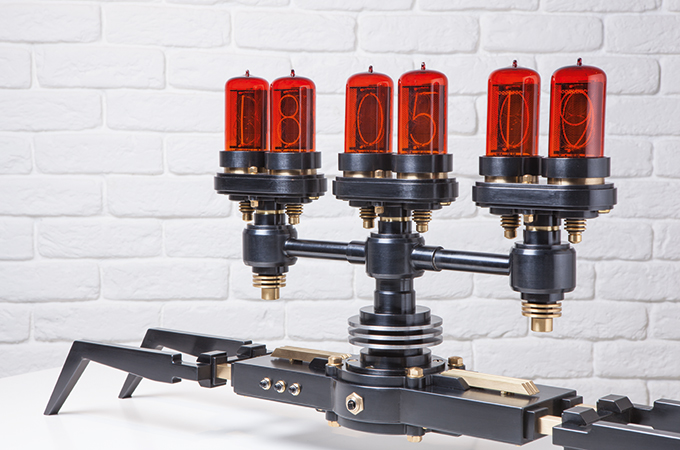
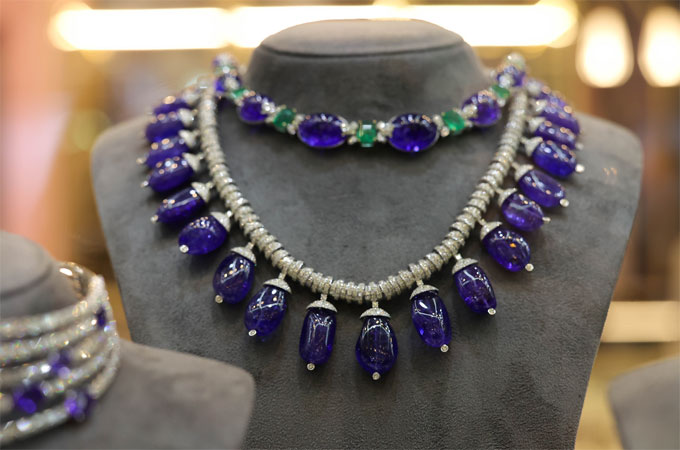
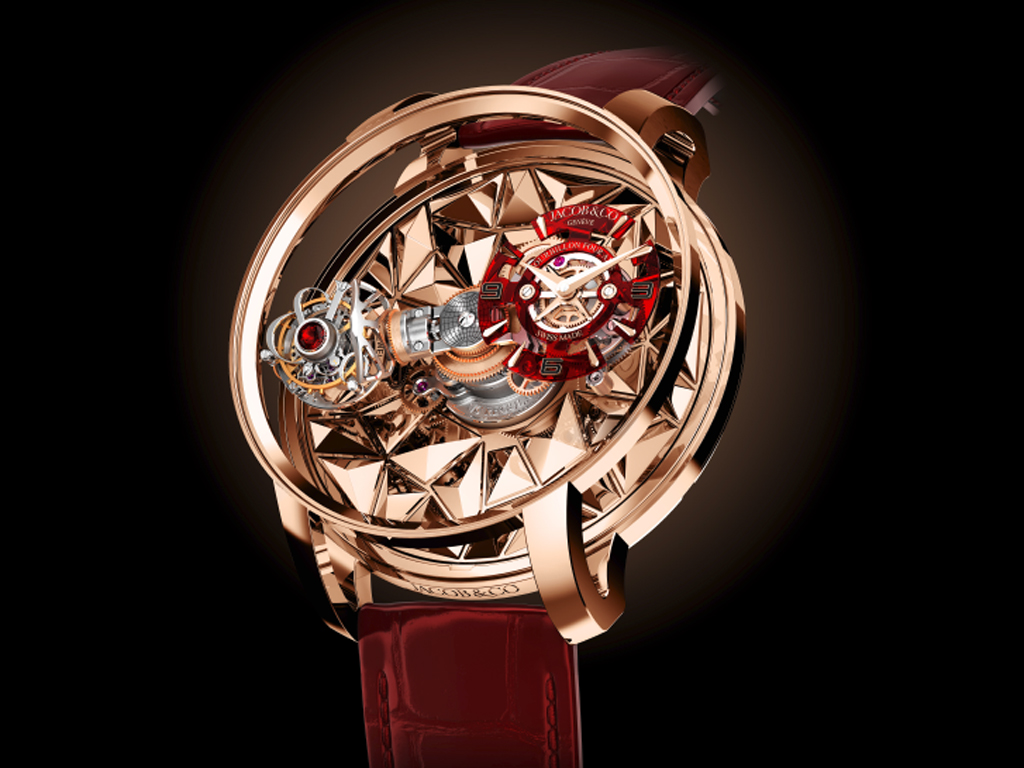
.jpg)
-copy.jpg)



